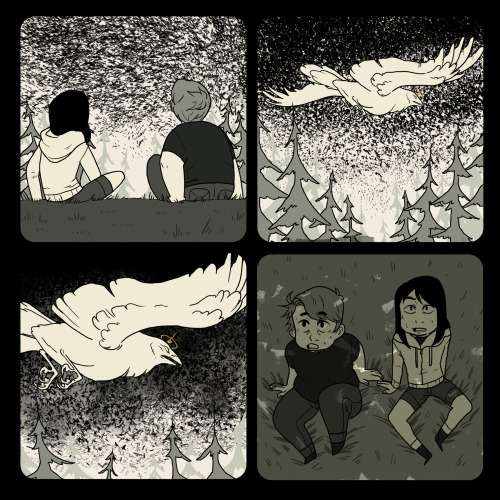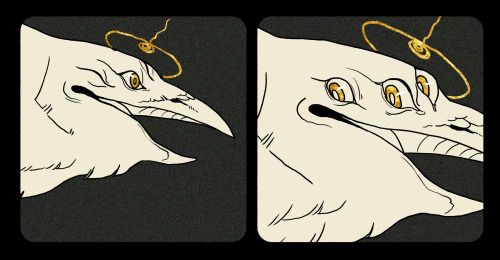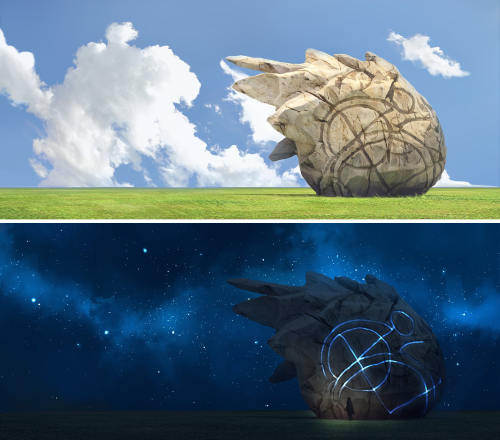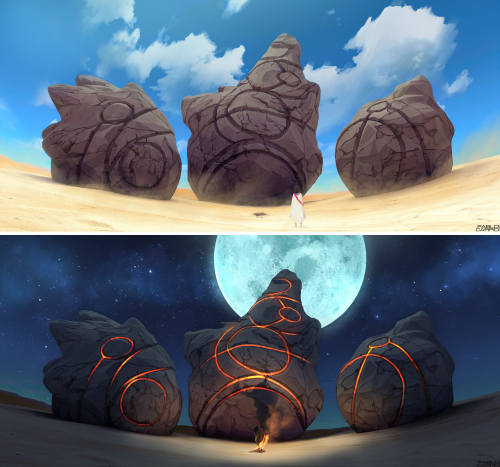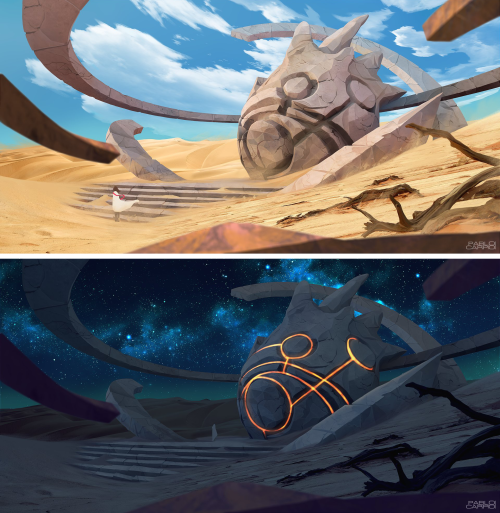Othermanymore - Othermanymore


More Posts from Othermanymore and Others




Me? I’ve had so many names. Old names that only the wind and the trees can pronounce.
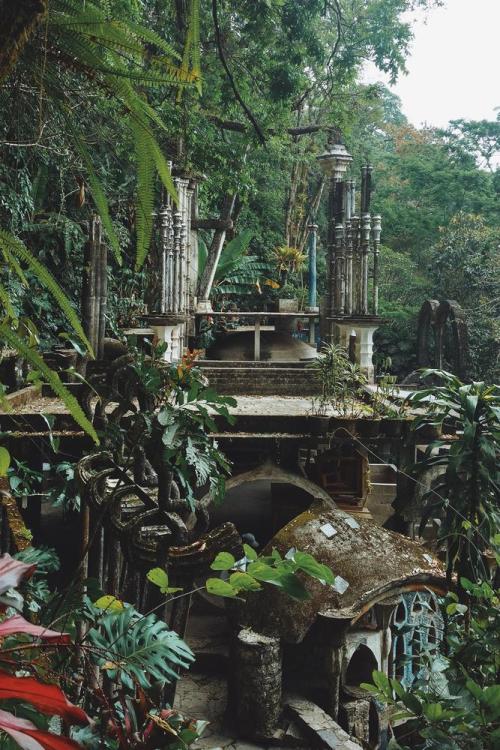
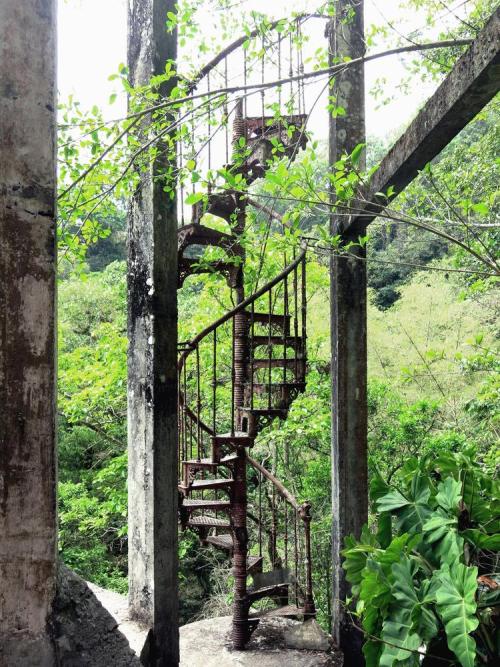








Surrealist Garden Las Pozas in México
“Magic happens at Las Pozas. Just like in work by Salvador Dalí, at Las Pozas art portrays one thing as another, invents a reality put in place of conventional, official, socially acceptable reality. More than painting a picture or sculpting an object, they produced an atmosphere, a privileged place.” ~ Irene Herner
Nestled in the thick jungles of San Luis Potosí, Mexico, Edward James discovered the perfect setting for staging his life’s masterpiece. A surrealist labyrinth unfolds amid waterfalls and ponds—natural and man-made—that prepare the mind for immersion into a dream world. With buildings that evoke nonsense, doors leading nowhere, stairways to the sky and concrete flowers that sprout beside real ones, one man’s dreams are realized and reality is displaced by fantasy.
Images via text via










ive never really made a tutorial before but i thought i’d try!
all my portrait paintings are done on a 2000-3000 pixel canvas with 300 dpi using the two brushes shown above with varying opacity
(note: a flat steak brush texture can be found in many basic deviantart paint tool sai brush downloads! don’t worry if it’s not the exact one im using, i have several from different sources and they all generally do the same thing with the right settings)




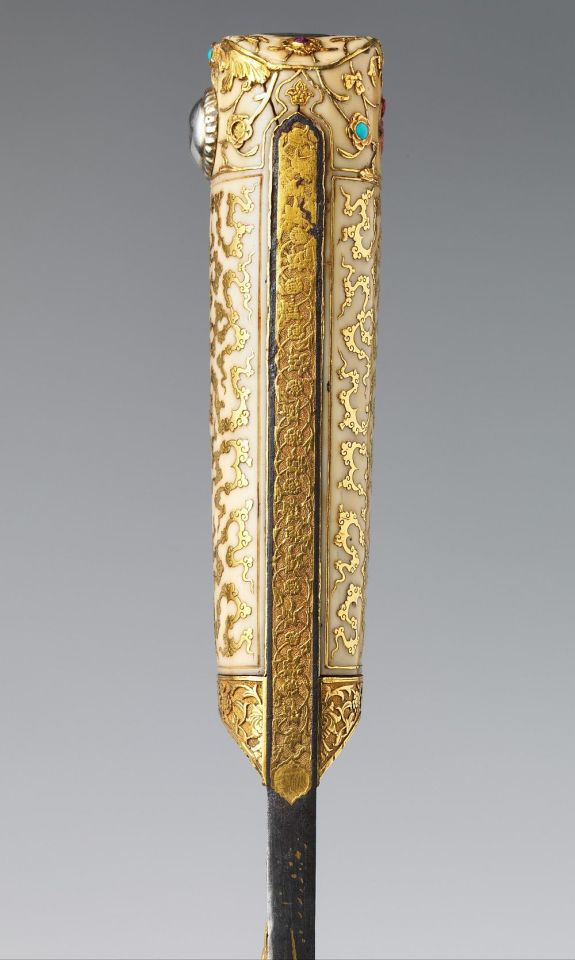
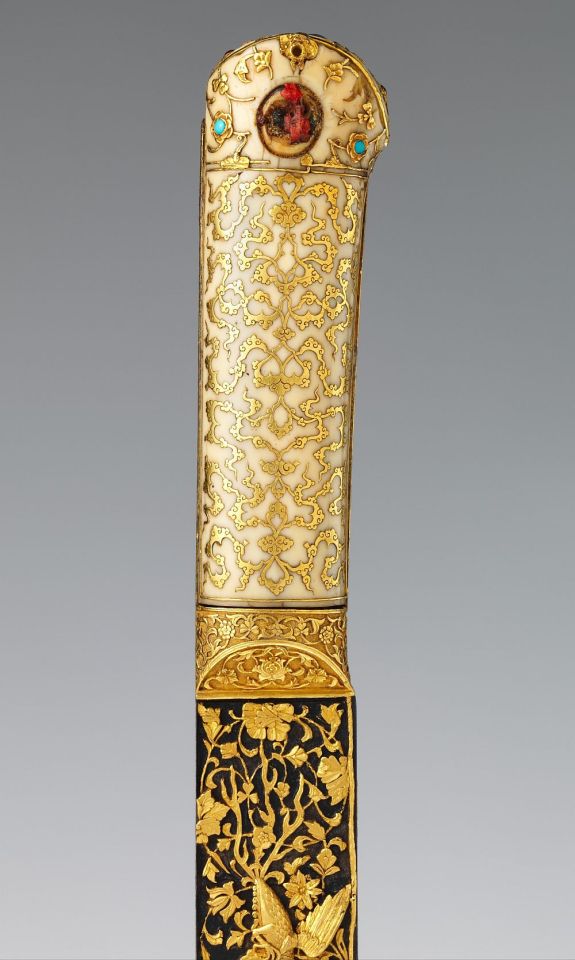




Yatagan Sword from the Court of Süleyman the Magnificent (reigned 1520–66)
Dated: circa 1525–30
Sword maker: Workshop of Ahmed Tekelü (possibly Iranian, active Istanbul, ca. 1520–30)
Geography: Istanbul
Culture: Ottoman, Istanbul
Medium: steel, gold, ivory (walrus), silver, turquoise, pearls, rubies
Measurements: overall length 23 3/8 inches (59.3 cm); blade length 18 3/8 inches (46.7 cm); weight 1 lb. 8 oz. (691 g)
Exquisite workmanship and lavish use of precious materials distinguish this sword as a princely weapon and exemplifies the opulence and refinement of Ottoman luxury arts. Almost identical to a yatagan (now in the Topkapi Palace, Istanbul) made in 1526–27 by the court jeweller Ahmed Tekel, for the Ottoman sultan Süleyman the Magnificent (r. 1520–66), this sword was undoubtedly made in the same imperial workshop.
The gold incrustation on the blade depicts a combat between a dragon and a phoenix against a background of foliage scrolls. These figures, like the gold-inlaid cloud bands and foliage scrolls on the ivory grips, are Chinese in inspiration, and were probably introduced into Ottoman art through contacts with Persia.
This sword is one of the earliest known yatagans, distinctly Turkish weapons characterised by a double-curved blade and a hilt without a guard. Yatagans were commonplace in Turkey and the Balkans in the eighteenth and nineteenth centuries and served as sidearms for the elite troops known as Janissaries.
Source: Copyright © 2016 Metropolitan Museum of Art

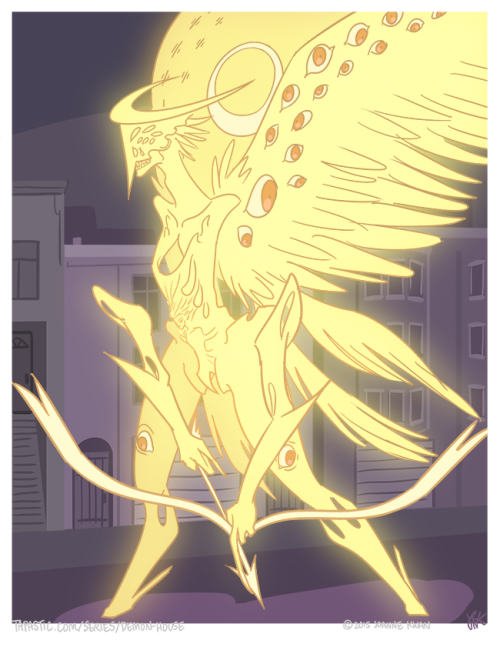

041
I’m all for eldritch angels. Hope mine doesn’t disappoint.
-
 nightmaricwriter reblogged this · 1 week ago
nightmaricwriter reblogged this · 1 week ago -
 nightmaricwriter liked this · 1 week ago
nightmaricwriter liked this · 1 week ago -
 yunniebun liked this · 1 week ago
yunniebun liked this · 1 week ago -
 cocommunitymoon reblogged this · 1 week ago
cocommunitymoon reblogged this · 1 week ago -
 bookshelfbrunette reblogged this · 2 weeks ago
bookshelfbrunette reblogged this · 2 weeks ago -
 seruliam liked this · 4 weeks ago
seruliam liked this · 4 weeks ago -
 ollie-sandy liked this · 1 month ago
ollie-sandy liked this · 1 month ago -
 yuyapendulum reblogged this · 1 month ago
yuyapendulum reblogged this · 1 month ago -
 asaameshin reblogged this · 1 month ago
asaameshin reblogged this · 1 month ago -
 bumblegremlin liked this · 1 month ago
bumblegremlin liked this · 1 month ago -
 blackholebunny liked this · 1 month ago
blackholebunny liked this · 1 month ago -
 antihell liked this · 1 month ago
antihell liked this · 1 month ago -
 r0-bartics liked this · 1 month ago
r0-bartics liked this · 1 month ago -
 raise-the-colors reblogged this · 1 month ago
raise-the-colors reblogged this · 1 month ago -
 felsartdump reblogged this · 1 month ago
felsartdump reblogged this · 1 month ago -
 the-quasar-literata reblogged this · 1 month ago
the-quasar-literata reblogged this · 1 month ago -
 snakesight9898 liked this · 2 months ago
snakesight9898 liked this · 2 months ago -
 milkshakemover liked this · 2 months ago
milkshakemover liked this · 2 months ago -
 enntzim reblogged this · 2 months ago
enntzim reblogged this · 2 months ago -
 thebloomingglooms liked this · 2 months ago
thebloomingglooms liked this · 2 months ago -
 dweeb-central reblogged this · 2 months ago
dweeb-central reblogged this · 2 months ago -
 dweeb-central liked this · 2 months ago
dweeb-central liked this · 2 months ago -
 broadviewavenue liked this · 2 months ago
broadviewavenue liked this · 2 months ago -
 patoslover reblogged this · 2 months ago
patoslover reblogged this · 2 months ago -
 simpsations liked this · 2 months ago
simpsations liked this · 2 months ago -
 williamzskeychdump liked this · 2 months ago
williamzskeychdump liked this · 2 months ago -
 painted-toonpaws liked this · 2 months ago
painted-toonpaws liked this · 2 months ago -
 eluxurex liked this · 2 months ago
eluxurex liked this · 2 months ago -
 cherry-shrimp reblogged this · 2 months ago
cherry-shrimp reblogged this · 2 months ago -
 cherry-shrimp liked this · 2 months ago
cherry-shrimp liked this · 2 months ago -
 notanoppossum176 liked this · 2 months ago
notanoppossum176 liked this · 2 months ago -
 the-mad-rat1 reblogged this · 2 months ago
the-mad-rat1 reblogged this · 2 months ago -
 silvasreblogs reblogged this · 2 months ago
silvasreblogs reblogged this · 2 months ago -
 silvashapeshifter liked this · 2 months ago
silvashapeshifter liked this · 2 months ago -
 talonsirgo reblogged this · 2 months ago
talonsirgo reblogged this · 2 months ago -
 scarlet015 liked this · 2 months ago
scarlet015 liked this · 2 months ago -
 roselyn-writing liked this · 2 months ago
roselyn-writing liked this · 2 months ago -
 randomlywritingstuff liked this · 2 months ago
randomlywritingstuff liked this · 2 months ago -
 corvidsforhire reblogged this · 3 months ago
corvidsforhire reblogged this · 3 months ago -
 balletcoppelia reblogged this · 3 months ago
balletcoppelia reblogged this · 3 months ago -
 shadowwolf12237 liked this · 3 months ago
shadowwolf12237 liked this · 3 months ago -
 northersouth liked this · 3 months ago
northersouth liked this · 3 months ago -
 moulinblanc0800 reblogged this · 3 months ago
moulinblanc0800 reblogged this · 3 months ago -
 moulinblanc0800 liked this · 3 months ago
moulinblanc0800 liked this · 3 months ago -
 prettylillusworld reblogged this · 3 months ago
prettylillusworld reblogged this · 3 months ago -
 prettylillusworld liked this · 3 months ago
prettylillusworld liked this · 3 months ago -
 violetvixen10 liked this · 3 months ago
violetvixen10 liked this · 3 months ago





